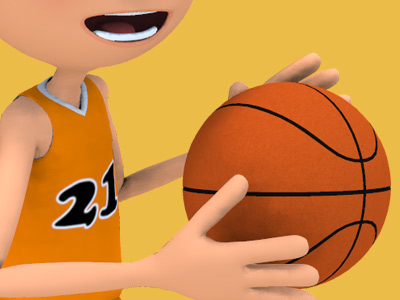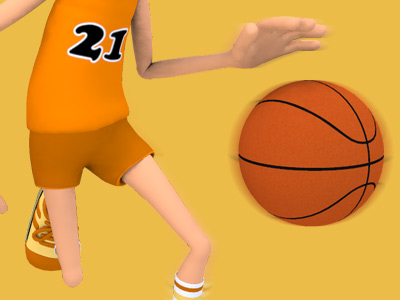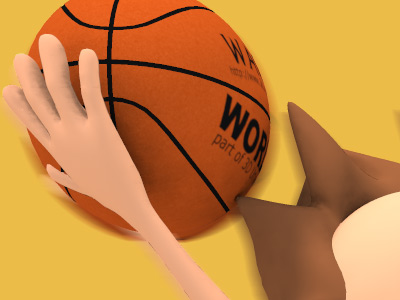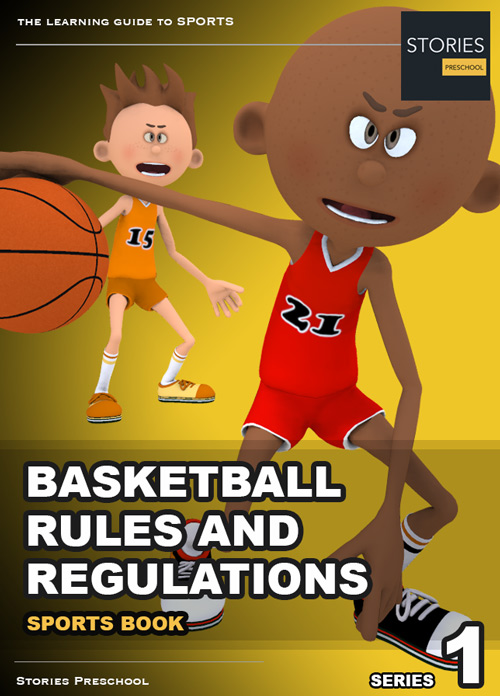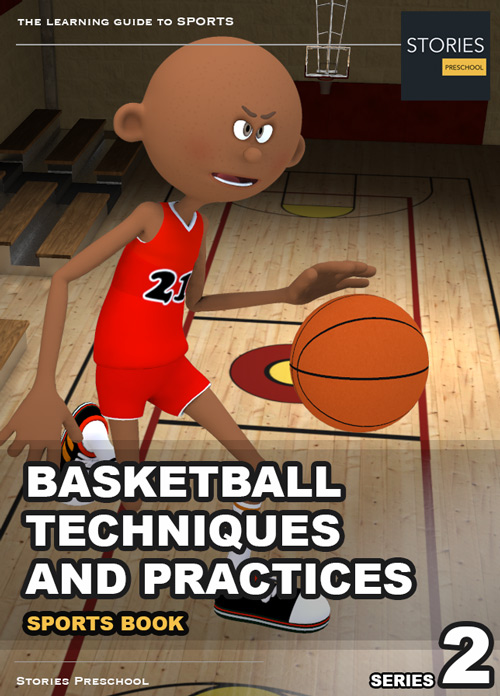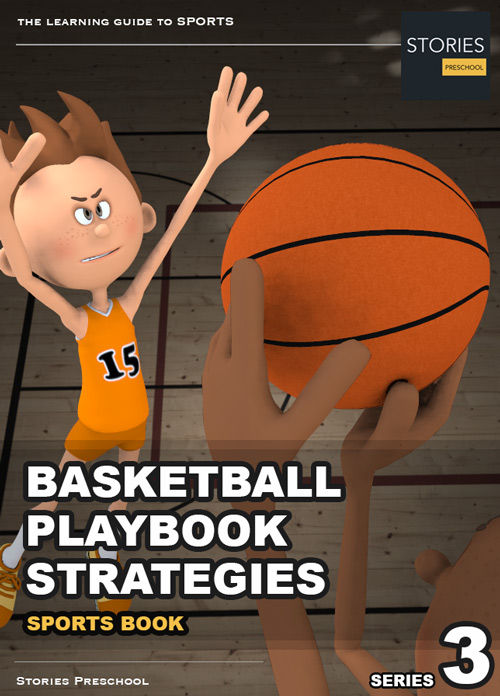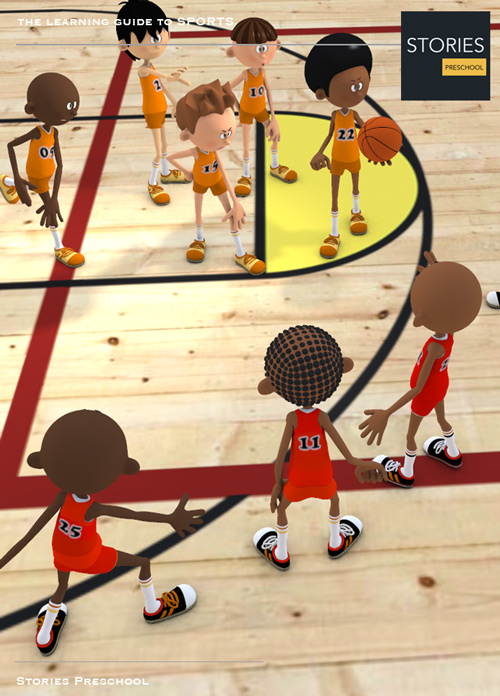Basketball
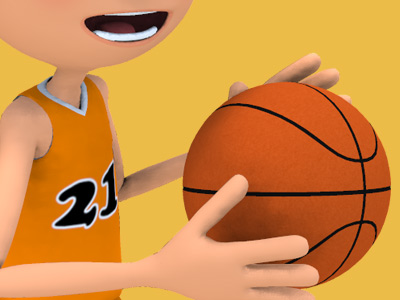
Basketball Run and Gun
In basketball, run and gun is a fast, freewheeling style of play that features a high number of field goal attempts, resulting in high-scoring games. The offense typically relies on fast breaks while placing less emphasis on set plays. A run-and-gun team typically allows a large number of points on defense as well.
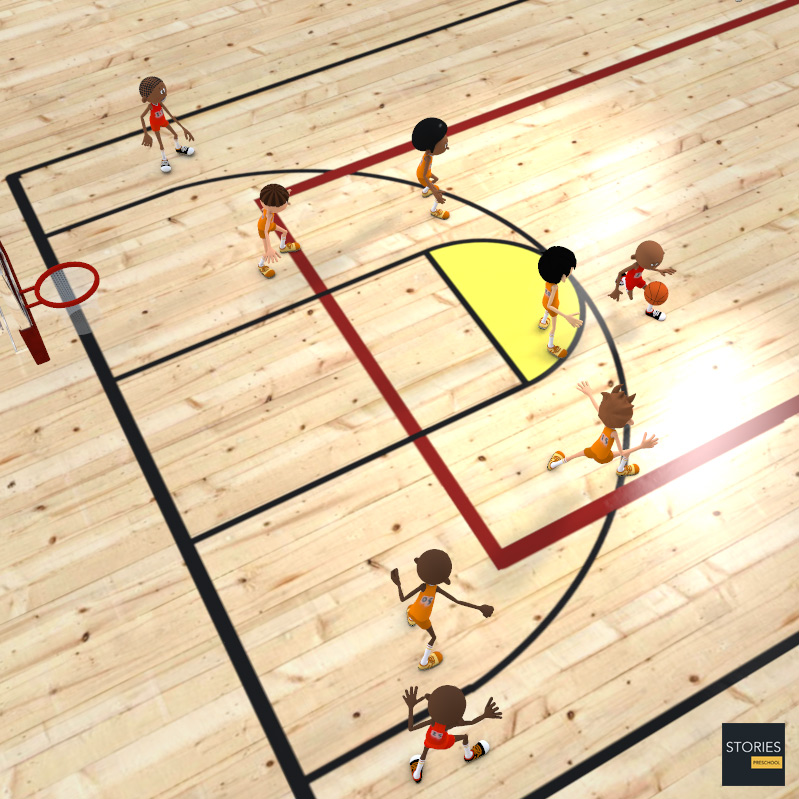
In the National Basketball Association (NBA), the run and gun was at its peak in the 1960s when teams scored an average of 115 points a game. Around 2003, the average had dropped to 95. The Boston Celtics were a run-and-gun team in the 1950s and 1960s while winning 11 NBA championships, as were the five-time champion Los Angeles Lakers during their Showtime era in the 1980s.
Although the run and gun is believed by many to de-emphasize defense, the Celtics of the 60s' had Bill Russell, and the Lakers of the 80s' had Kareem Abdul-Jabbar as defensive stoppers. Coach Doug Moe, who ran the run and gun with the Denver Nuggets in the 1980s, believed the high scores surrendered were more indicative of the fast pace of the game than a low level of defense. Still, his teams sometimes appeared to give up baskets in order to score one. Though his offensive strategy led to high scores, Moe's Denver teams were never adept at running fast breaks.
Paul Westhead coached the Loyola Marymount men's basketball team in the late 1980s using a version of the run and gun. While run and gun basketball is often thought of as a system of offense, Westhead's system uses a combined offensive and defensive philosophy. Offensively, the team moves the ball forward as quickly as possible and takes the first available shot, often a three-pointer. Westhead's teams try to shoot the ball in less than seven seconds. The aim is to shoot before the defense is able to get set. Defensively, the team applies constant full-court pressure. Generally, the team is willing to gamble on giving away easy baskets for the sake of maintaining a high tempo.
Loyola Marymount successfully used the system in 1990 when they advanced to the Elite 8 of the NCAA Basketball Tournament, beating the defending champion Michigan 149-115 along the way. The style has been used at some other teams. Coach Westhead tried, rather unsuccessfully, to implement the system in the NBA with the Denver Nuggets in the early 1990s. They averaged a league-best 119.9 points per game in 1990-91, but also surrendered an NBA record 130.8 points per game. They also allowed 107 points to be scored in a single half to the Phoenix Suns, which also remains an NBA record.
Westhead's system has been imitated by other college teams, including Grinnell College. David Arseneault, the architect of the Grinnell System, added to Westhead's system by substituting players in three waves of five players, similar to an ice hockey shift.
Grinnell System
The Grinnell System relies on shooting three-point field goals, applying constant pressure with a full-court press, and substituting players frequently.
Strategy
The main tenets of the system are:
- The first possible shot is best possible shot, where three-point field goal attempts are preferred over shorter shots.
- Shoot as many three pointers as possible.
- In terms of defense, giving up an uncontested layup is better than a shot clock violation.
- Always double team the person with the ball.
- Every player but the shooter goes for the offensive rebound.
- Offensive rebounds should be sent back for another three-point attempt, not a shorter putback for two points.
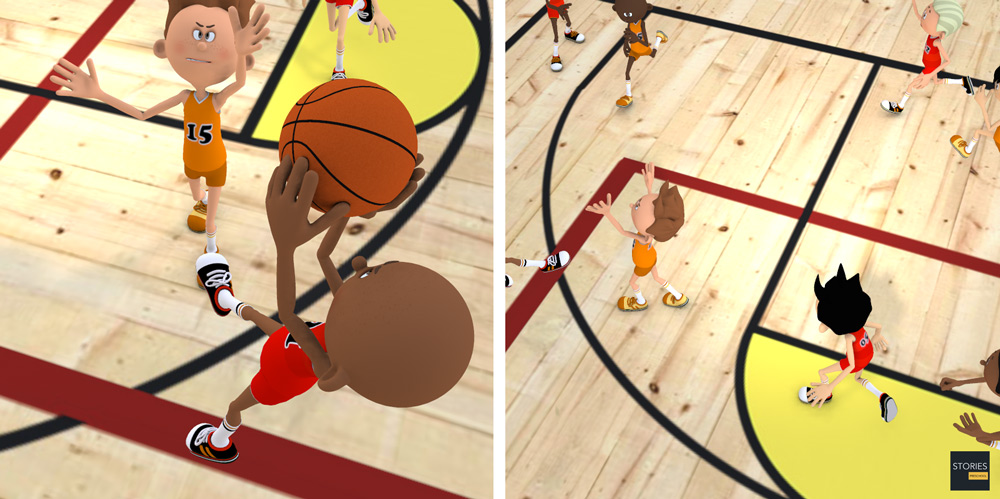
Unlike Westhead's system, in which any open player takes a shot, the Grinnell System has a designated shooter on the court. The system employs a constant full-court press on defense. While opponents get easy baskets when they beat the press, the team receives the ball back sooner to attempt a three-pointer. The goal is to get significantly more shots than the opponent by forcing more turnovers and getting more offensive rebounds. When a player misses, Arseneault believed that rebounding the ball and giving the player the same shot within ten seconds usually resulted in a basket. The overall goal of the system is to take 100 shots, make half the shots 3-point attempts, force 32 turnovers, rebound one-third of the team's own misses, and outshoot the opponents by 30 attempts.
To keep his players fresh and get more individuals involved, Arseneault added to Westhead's system by substituting players in three waves of five players, similar to an ice hockey shift. A 15-man roster is divided three groups of five and new shifts are substituted every 45 to 90 seconds. Each shift plays at full speed and then rests while the next group does the same. Players rarely play more than 20 minutes a game.
Arseneault and the Grinnell program have been criticized for using the system to run up the score and set records, especially against overmatched opponents.
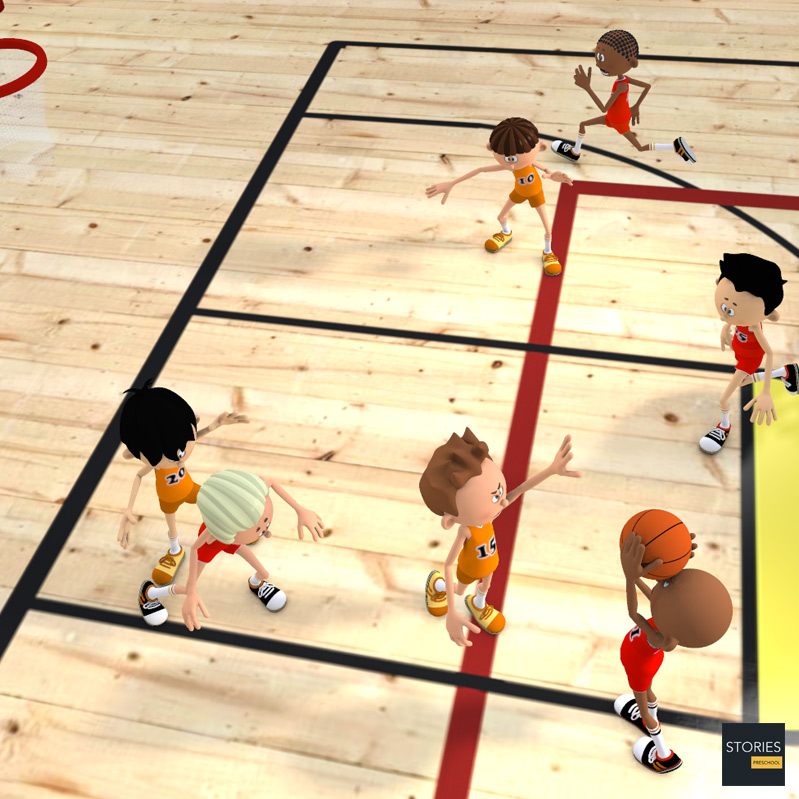
Nellie Ball
Nellie Ball is an unconventional offensive strategy in basketball developed by NBA head coach Don Nelson. It is a fast-paced run-and-gun offense relying on smaller, more athletic players who can create mismatches by outrunning their opponents. A true center is usually not needed to run this type of offense. A large volume of three-point attempts is generally a staple of Nellie Ball as well. This offense is most effective against teams that do not have the athleticism or shooting ability to keep up with the fast pace.
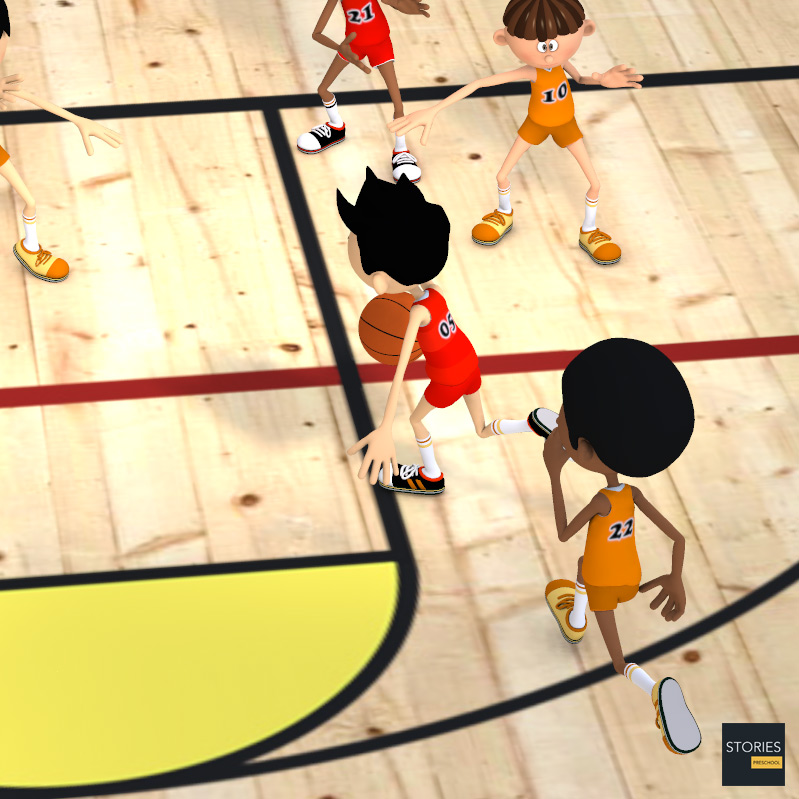
Small Ball
Small ball is a style of play used by a team that sacrifices height, physical strength and low post offense/defense in favor of a lineup of smaller players for speed, agility and increased scoring (often from the three-point line). Some teams employ a non-center dominated style of play. Teams often move a physically dominant player who would typically play the small forward position into the power forward position. Examples of players who have been used in this role include Kevin Durant, Carmelo Anthony, and LeBron James. A small forward who can play as a power forward may be known as a "hybrid forward", cornerman or tweener. That individual would play alongside either a traditional power forward (shifted into the center position), or alongside a center. The vacant small forward position would then be filled with a swingman, a slasher small forward or shooting guard or a three-point specialist.
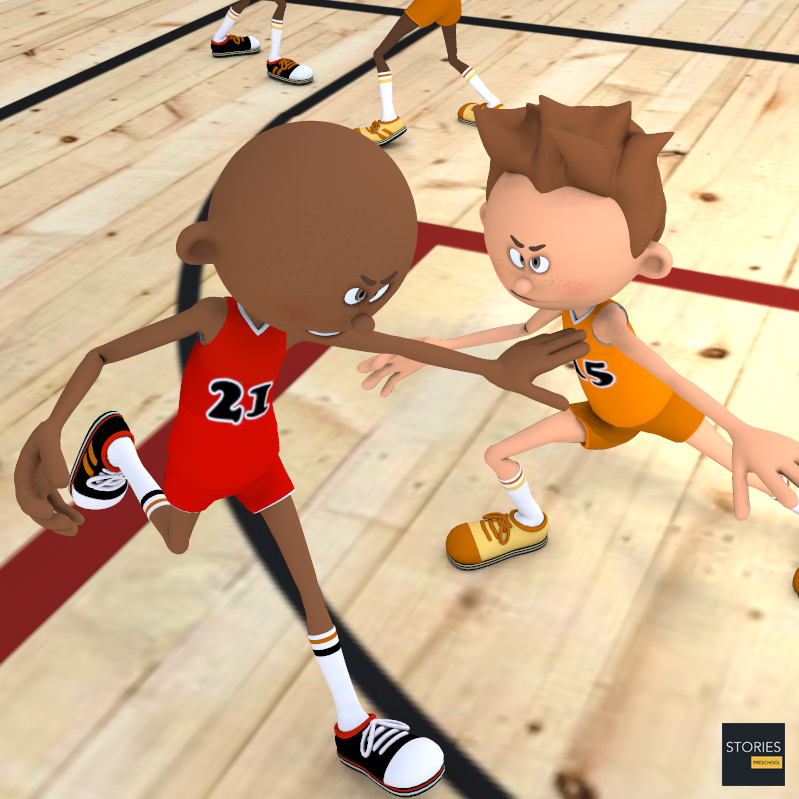
The advantage of using small ball is that the power forward position is occupied by a faster, more agile player who can outrun and outmaneuver the opposing power forward. In many cases the player may have a better three-point shooting percentage than a traditional power forward, which (as well as increasing points from three-point plays) can help spread the opposition defense. The opposing defender will come out to mark the player on the perimeter of the three point line, allowing space for teammates to run in and score around the basket. A player occupying this position, with a high three-point shot success percentage, is coined a "stretch 4". When utilized by the Miami Heat, Erik Spoelstra called this style of play "Pace and Space".
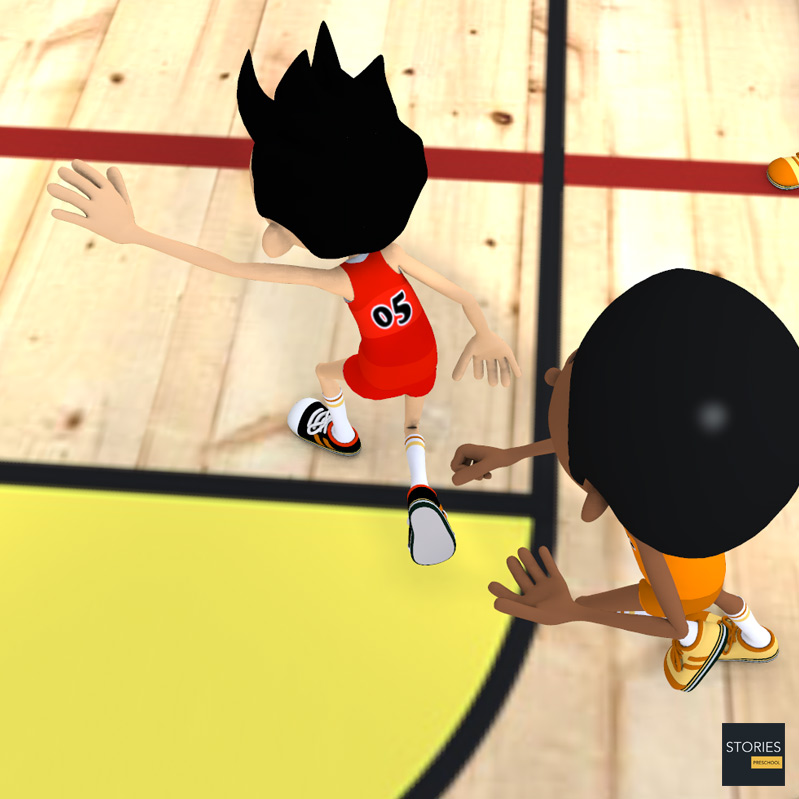
While the style of play does have advantages, there are several disadvantages. The addition of speed and agility comes at the cost of strength and height. The lack of "big men" can make it more difficult to guard the space under the basket while on defense; it can also prevent the team from having a low-post offensive threat when attacking. Rebounding is often sacrificed; for example, in the 2012–13 season, the Miami Heat, playing small ball, had the most wins during the season of any team in either conference, but were the worst team in either conference, by a wide margin, in total rebounds. The Golden State Warriors in 2014–15 used small ball to a greater extent in the NBA Finals than any prior champion, swapping out big man Andrew Bogut from the starting lineup for Andre Iguodala, who would eventually be named the Finals MVP.
SPORTS
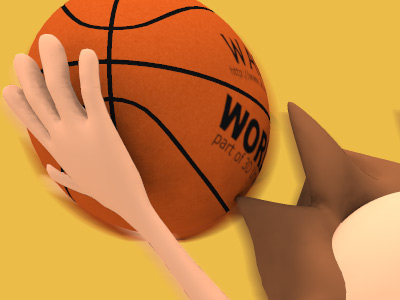
RESOURCES
This article uses material from the Wikipedia articles "Basketball", "Run and gun (basketball)", "Grinnell System", "Nellie Ball", "Small ball (basketball)", which is released under the Creative Commons Attribution-Share-Alike License 3.0.
© Stories Preschool. All Rights Reserved.
